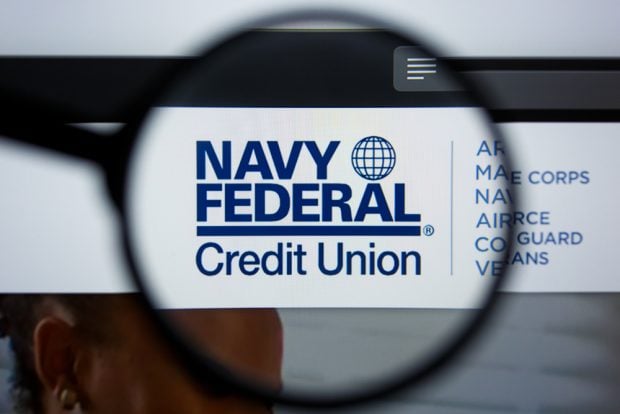ARLINGTON, Va. – Think the recent uptick in the number of state-chartered credit unions in Utah that have recently converted or applied for a federal charter points to a `flight' from the state-chartered credit union system, better think again, say NASCUS officials. It's just the natural ebb and flow of the dual chartering system. "If you look at the numbers of state-chartered credit unions that have converted to federal charters, they don't support any type of flight happening," said NASCUS Acting President Mary Martha Fortney. `It's easy to get trapped into numbers, but conversions from one type of charter to another is what the dual chartering system is all about," said Brian Knight, NASCUS director of legal and policy analysis. "The dual chartering system strengthens the entire credit union system. Think of it this way, if there was no dual chartering credit union system, then we have to imagine those credit unions would convert outside the credit union system," said Knight. "At the end of the day, all credit unions benefit from the system." Fortney cited the relatively large numbers of federal credit unions that either converted to a state charter or merged into a state-chartered credit unions in 1997 and 1998, and noted that a lot of that activity was triggered by the pre-H.R. 1151 uncertainty among federal credit unions. "The cycle goes back and forth, that's the beauty of the dual chartering system," she said. "There are conversions both ways." Knight cautioned that "all states aren't the same and situations in all states aren't the same." While the current situation in states like Utah and Missouri where bankers' repeated challenges of state-chartered credit unions' field-of-memberships has already forced several SCCUs, including some of Utah's largest, to convert to federal charters, Knight admits that "the situation could be mirrored in other states." But he cautioned that "it's easy to get trapped into seeing what one state is doing and why and project that to other states." Still, whenever there is a relatively high number of credit unions converting from one charter to another, "it forces the credit unions, be they federal or state charter, to ask what they can do better to remedy the situation, and if necessary go to their state legislature or Congress to correct any imbalance," said Fortney. She cited, by example, NCUA's proposed revisions to the federal member business lending regulation. Using the MBL rules it already approved for seven states, the NCUA's proposed rule includes three provisions it already approved for some of the states including lowering the equity requirements for construction and development loans, eliminating the need for personal guarantees by the principals for business loans, and allowing unsecured business loans under certain limitations. Fortney described this as "a great example of the federal legislator proposing a change to correct an imbalance between the state and federal systems." "Although in the dual chartering system a little bit of tension is healthy, still one side depends on the other. If one side is weak, then the entire dual chartering system is weakened," she said. Granted, said Fortney, sometimes a regulator's "hands are tied." In those instances, the regulator needs to examine what it can do to fix the situation. "It's also incumbent on credit unions to go to the legislature to get the law changed," she said. So how does NASCUS determine the strength of the state-chartered credit union system? Knight said "we look at the ability of state-chartered credit unions to be innovative and not have their hands tied by federal preemptions." -
© Touchpoint Markets, All Rights Reserved. Request academic re-use from www.copyright.com. All other uses, submit a request to [email protected]. For more inforrmation visit Asset & Logo Licensing.






